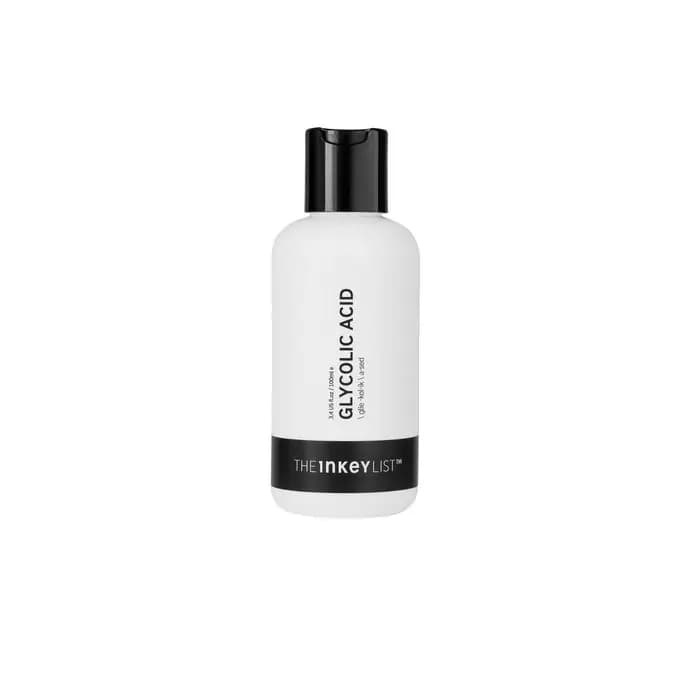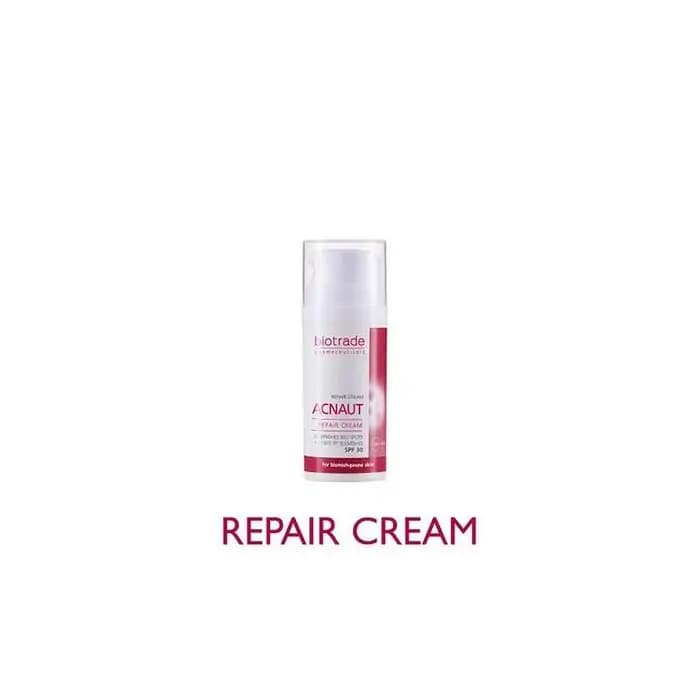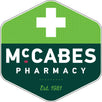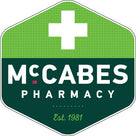An ultimate guide to glycolic acid skincare
Modern skincare technologies have advanced greatly in recent years, making it easier than ever to create a bespoke skincare regimen that tackles our unique combination of skin concerns. Glycolic acid is a popular exfoliating skincare ingredient that can transform skin texture and clarity, but what exactly is it and who is it suitable for?
In this article, we'll share everything you need to know about glycolic acid so that you can learn how to incorporate it into your skincare routine.
Click on one of the links below to jump to that section:
What is glycolic acid and what does it do for the skin?
Glycolic acid is an alpha hydroxy acid (AHA) that can be sourced from plants like sugarcane, pineapple, melon, grape and sugar beet, or chemically engineered. Since it is an acid, it works to exfoliate the skin by removing the topmost layer of dead skin cells on the surface of the skin. As the smallest AHA with a very low molecular weight, glycolic acid is able to easily permeate the skin. This means it can provide exfoliation at a deeper level than other AHAs such as lactic acid.
Exfoliation with glycolic acid has a range of benefits for the skin. First, by removing dead skin cells it is possible to improve texture so that the skin looks and feels smoother, brighter and more refined. Glycolic acid can also help to reduce the appearance of uneven pigmentation and discolouration to make the skin appear more uniform and luminous.
Glycolic acid is also an effective antibacterial agent. It can therefore tackle bacteria that cause skin imperfections and appears to help reduce the severity of existing acne blemishes. Additionally, glycolic acid can stimulate collagen production in order to improve skin firmness. In this way, it is able to reduce the appearance of fine lines and wrinkles.
How to use glycolic acid skincare products
You can find glycolic acid in a range of different skincare products, including cleansers, toners, serums, creams and peels. Generally, it is best to only use one product containing glycolic acid in your skincare routine to avoid irritating the skin.
There is no right age to start using this ingredient, but most people should consider starting in their 30s since this is when fine lines, rough patches of skin and uneven skin tone tend to crop up. If you have very sensitive skin, rosacea, eczema or psoriasis, glycolic acid may not be suitable for you and you should consult a skincare expert before use.
When choosing a glycolic acid product, look at the percentage included. Most products will not contain a percentage higher than 10%, as this is the strength deemed safe for skin. Lower strength products may be less effective, but they may be more suitable if you have sensitive skin which could become irritated by higher strength products. Consider also the other ingredients included in the product to determine if they are suitable for your skin type and concerns.
Be sure to patch test a glycolic acid product before using it all over the face to ensure it does not cause irritation. It can also be helpful to use the product every other day to begin with and then increase frequency as your skin adjusts. You should only use glycolic acid products at night to minimise the risk of increased sun sensitivity. Be sure to also use SPF protection in your morning skincare routine to reduce the risk of sun damage.
It is generally wise to avoid mixing or layering multiple different types of AHAs, or using a combination of acids together—this includes BHAs and Vitamin C. Do not use glycolic acid with salicylic acid as this could lead to a serious skin reaction. Avoid layering glycolic acid with niacinamide as this could make the glycolic acid less effective.
The Inkey List Glycolic Acid 10% Liquid Toner

The Inkey List Glycolic Acid 10% Liquid Toner is an easy product to start with when trying glycolic acid for the first time. It contains 5% witch hazel which helps to control oil and reduce the appearance of pores. Use it after cleansing in the evening by applying it to a cotton pad and sweeping this across the skin. Follow with serums and moisturisers.
Biotrade Acnaut Repair Cream SPF30

Biotrade Acnaut Repair Cream SPF30 is a brilliant glycolic acid moisturiser because it contains SPF30 protection to prevent sun damage. It is formulated specifically to reduce the appearance of red marks and hyperpigmentation caused by acne. It also contains glycerin to soften and hydrate the skin and Vitamin E which has anti-inflammatory effects. Use it twice each day in the morning and evening after cleansing.
Frequently asked questions
What are the risks or side effects of glycolic acid, and how can these be avoided?
Glycolic acid can make the skin more sensitive to UV rays, which means you're more likely to sustain sunburn and sun damage when exposed to the sun. To avoid this, only use glycolic acid at night and always use high-quality SPF protection during the day every day, no matter if you plan on going out into the sun or not.
How long does it take for glycolic acid to work when applied topically?
You can expect to notice fewer blemishes after a month of using glycolic acid. After two months, the skin should appear more even in tone. It can take up to six months of consistent use to see a reduction in the appearance of fine lines and wrinkles and an improvement in skin firmness.
What is the difference between glycolic acid and salicylic acid?
Salicylic acid is a BHA whereas glycolic acid is an AHA. AHAs work to exfoliate the very top layer of skin cells, while BHAs work to penetrate deeper into skin pores to unclog them. BHAs like salicylic acid are great for reducing blackheads and pimples, whereas AHAs like glycolic acid are better for improving skin texture.

